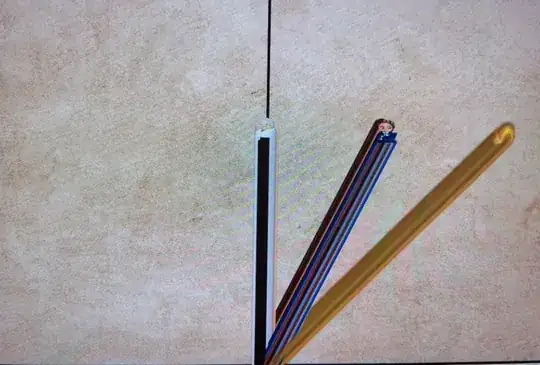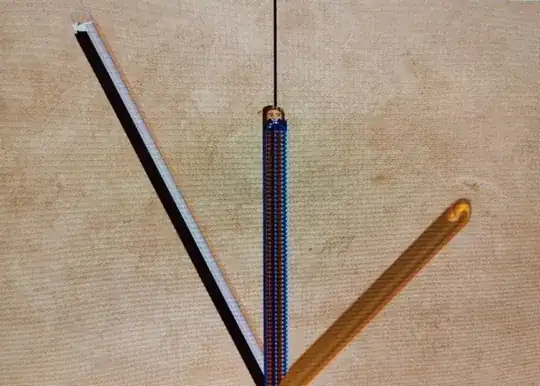I have a question regarding a spacetime animation I am contructing, please. The animation is as follows. Einstein stands on the train station while Curie stands on board a train. At time 0, they are both at the same x position, and Curie sends a light signal to the right, as follows:
This represents the path over time traced from Einstein's point of view. To get Curie's point of view, we apply the Lorentz' transform xnew = gamma * (x - vt) and tnew = gamma * (t - v/c^2 * x) for every object at every point to get a new animated path:
This represents the path over time traced from Curie's point of view. We note that the light path stays at 45 degree to the right, as it should be, for this represents the exact line that the Lorentz transform aim to leave unchanged in all cases.
My question is, the time animated line obtained in this way is not "even" horizontally. Einstein is somehow "ahead" in time from Curie in this diagram, who is herself "ahead" in time from the light ray to the right of the diagram. What does this mean physically, if they are not at the same horizontal level on the diagram when time animated?
If we are to take out the y variance over time, this would result in a plot like so:
But how do we interpret the Lorentz transform result for Curie's point of reference, in which the three objects (Einstein, Curie and the Light) are not at the exact same horizontal time level? Can we draw a diagram when the "time" is not horizontally the same for all objects, or must we linear interpolate Einstein and the Light's position at the same time value Curie is currently at?
Thank you.


